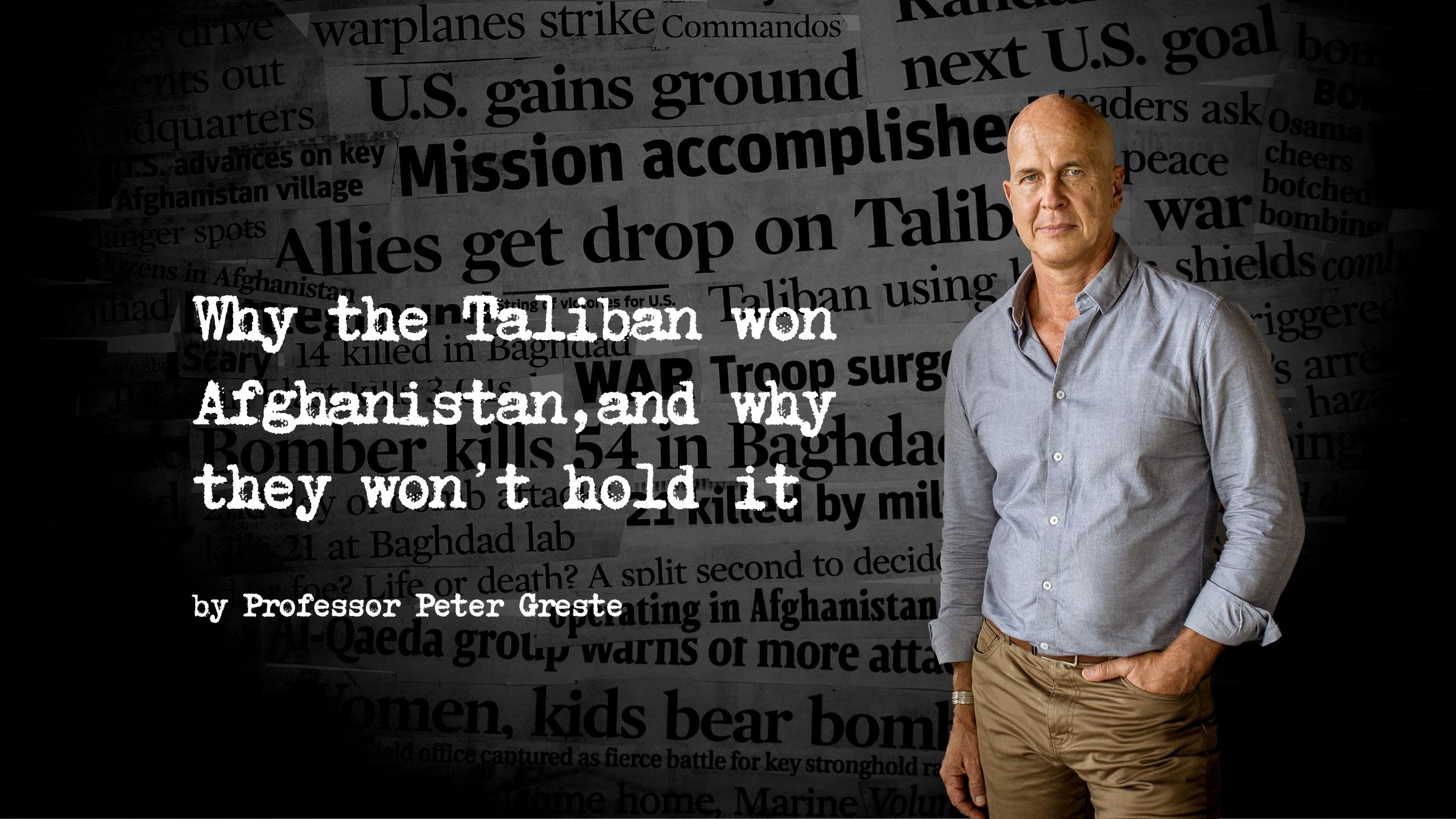
Professor Peter Greste spent time in Afghanistan in the 1990s as a reporter for the BBC. In the wake of the crisis unfolding in the country, Professor Greste analyses the Taliban's beginnings and their eventual return to power.
In the spring of 1995, the Taliban were not much more than a rumour. I’d heard reports of a group of gunmen that had seized control of the city of Kandahar in the south of Afghanistan the year before, and that they were slowly picking off villages as they expanded their control across the province.
But at the time, they seemed to be just another militia in the patchwork of armed groups fighting for control of the country’s valleys and mountains, and didn’t deserve too much attention.
Afghanistan had a government in 1995, but only because one militia was lucky enough to control the capital and the physical buildings of power and so technically able to put a “President” in the right office.

Maymana cavalry in Herat Province, allied to General Dostum, fight against the Taliban. The city of Herat was captured by the Taliban in September 1995. (Image: Patrick Robert / Sygma / Getty Images)
Maymana cavalry in Herat Province, allied to General Dostum, fight against the Taliban. The city of Herat was captured by the Taliban in September 1995. (Image: Patrick Robert / Sygma / Getty Images)
Their writ extended across a large chunk of the country, but only because they were able to buy alliances with other groups.
Otherwise, the country was a mess of warlords with stoned militiamen ripping off villagers at checkpoints, and running protection rackets, as they violently squabbled for turf.
By the time the Taliban approached the southern flanks of Kabul, it was clear they were something different.
Like most of the militias, they had strong ethnic roots, drawing their commanders and foot soldiers from the Pashtun tribes that straddled the Pakistan/Afghanistan border regions.
But they also came with a powerful ideology.

Formed in the madrassas – the religious schools that taught the Koran to refugee kids in Pakistan – they were inspired by their faith and organised along strictly Islamic lines.
Where most of the militias had fealty only to a local warlord, the Taliban were driven by well-drilled faith in the Koran.
Afghans had no particular love for their extremist brand of Islam, but the Taliban were also disciplined, and in each district they conquered, they swept away the checkpoints and cleaned up crime with their brutal, but effective, form of ‘justice’.
As the regions began to fall under their control almost as fast as their Hilux pickups could carry them, it became clear that their sense of mission made them almost unstoppable.
I first met them as a young BBC correspondent in the town of Maidan Shar, about 45 kilometres south-west of Kabul, and even then, it was evident that their confidence and discipline set them apart, making them an existential threat to their rivals.
Just over a year later, they’d entered the capital and taken control of two-thirds of the entire country.
Fast-forward to 2021, and while Afghanistan and the Taliban have both changed immeasurably, there remain a few fundamentals that explain why the Islamist group was able to retake the country, but also why they are unlikely to hold it.
In some ways, it helps to think of Afghanistan not so much as a country, but as a void – the space between empires that none were able to occupy for any length of time.
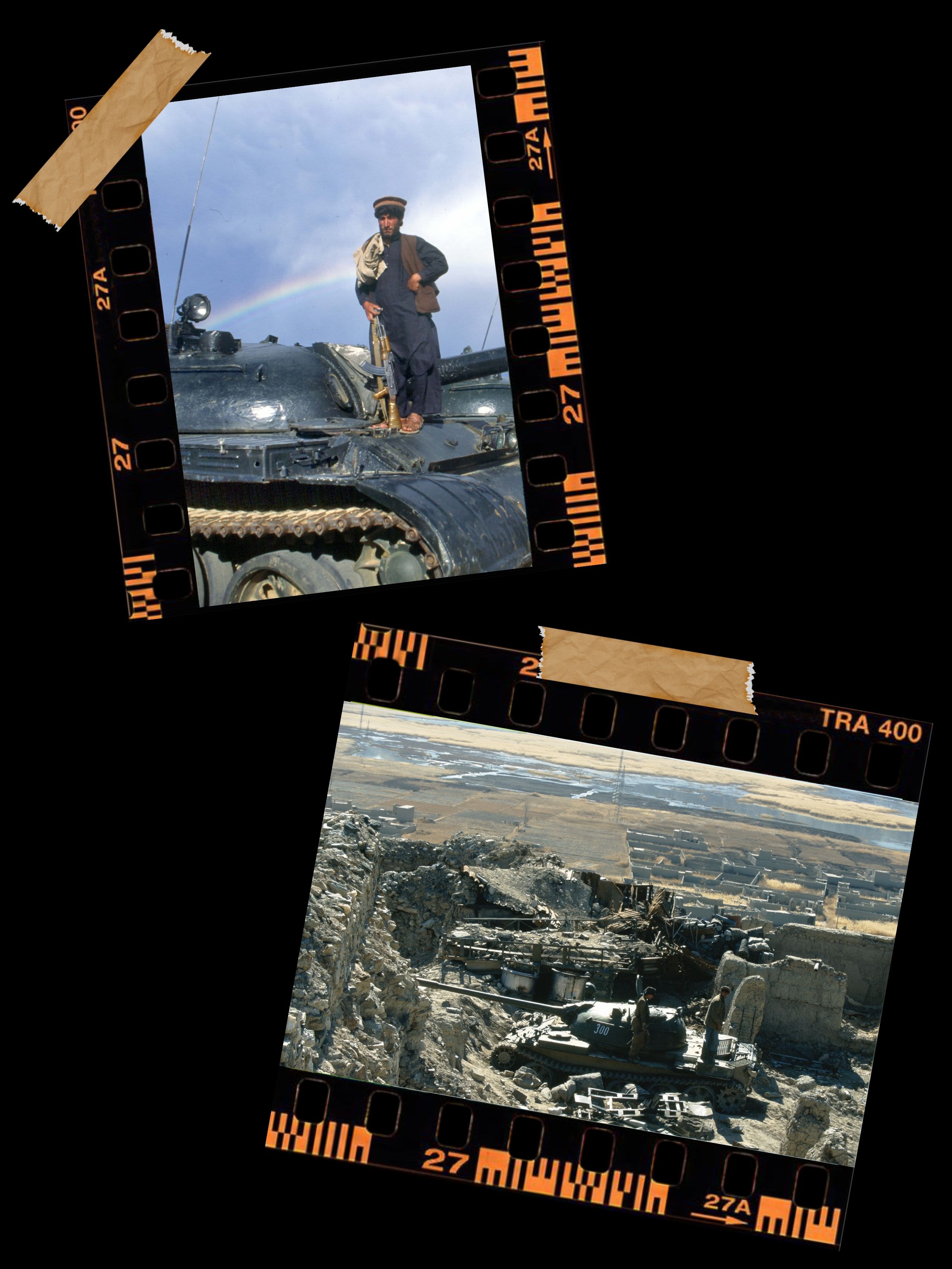
Life under Taliban rule in Kabul, Afghanistan in February, 1995. (Image: Robert Nickelsberg / Getty)
Afghanistan only ever behaves as a nation when others are trying to invade it; otherwise, it exists as a loose collection of communities who offer only a passing nod to the capital and whoever happens to control it.
When the US-led coalition ousted the Taliban in 2001, rather than acknowledging those realities, it ushered in a system of government and built a military that mirrored its own.
The government had a strong central administration that passed money to the provinces and local communities.
Without a clear, unifying vision or ideology to hold things together, and the capacity to reliably deliver services, many provincial governors and military commanders came to regard Kabul as an inexhaustible personal ATM.
Corruption and cronyism thrived.
And the military evolved from the light, robust guerrilla force – that operated perfectly in Afghanistan’s rugged, remote terrain – into a lumbering technology-laden army, dependent on US contractors to keep it operational.
As British explorer and author Rory Stewart lamented, blaming Afghans for failing to fight is like taking the wheels from a car and complaining that it won’t drive.
Cynical about the nation-building mission, abandoned by the Americans and knowing that back up wouldn’t come when it was needed, most Afghan soldiers chose the sensible option when they were confronted by the disciplined, motivated Taliban.
But seizing control is not the same as holding it.
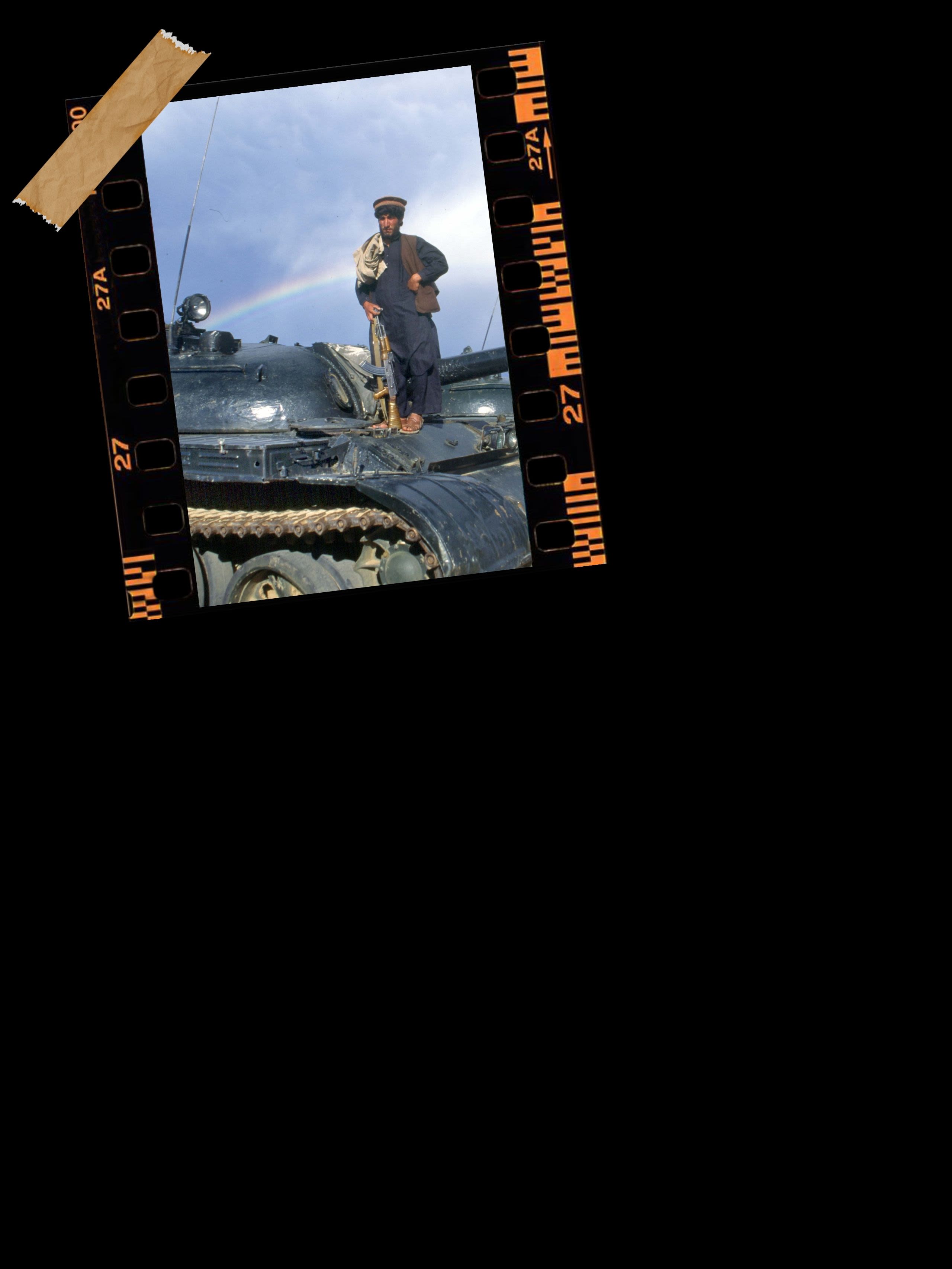
Afghan military chief on a tank in the Valley of Zawa, Afghanistan, 1995. (Image: Francoise De Mulder / Roger Viollet / Getty Images)
Afghan military chief on a tank in the Valley of Zawa, Afghanistan, 1995. (Image: Francoise De Mulder / Roger Viollet / Getty Images)

Life under Taliban rule in Kabul, Afghanistan in February, 1995. (Image: Robert Nickelsberg / Getty)
Life under Taliban rule in Kabul, Afghanistan in February, 1995. (Image: Robert Nickelsberg / Getty)
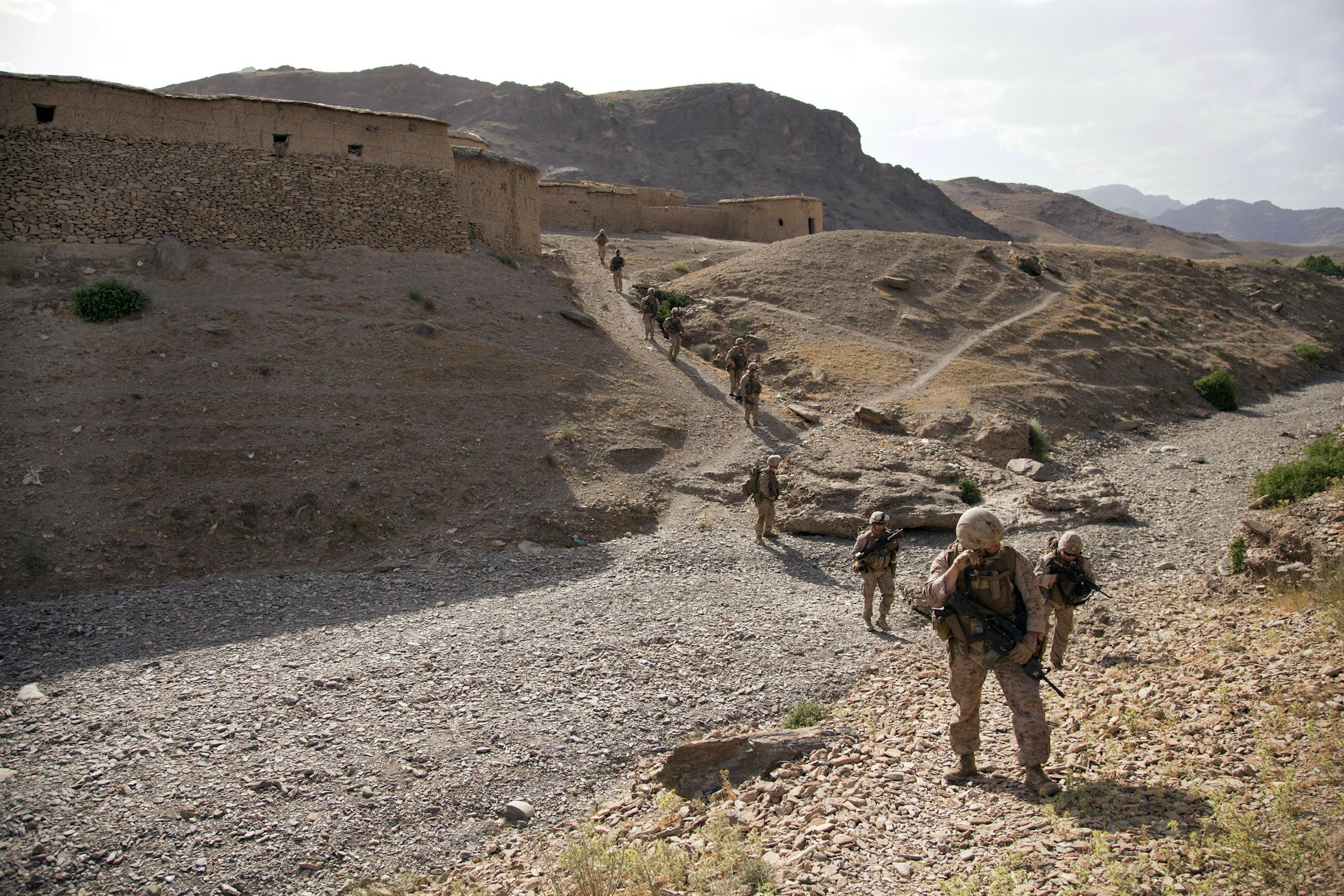
As in its early days, the Taliban remains essentially a Pashtun nationalist movement.
Its senior leaders are mostly Pashtun, as are most of its foot-soldiers who are often poorly educated farmers from the southern provinces utterly out of place in the cosmopolitan capital.
Afghanistan might have fallen to the Taliban, but they have decades of experience in organising and fighting insurgencies, and when they’ve got a reason to pick up arms – such as resistance to minority rule – they have extraordinary tenacity.
Reports suggest their opponents are already organising themselves in the Panjshir Valley north of Kabul.
The only way to avoid yet another drawn out civil war is for the Taliban to honour their commitments to form an inclusive government tolerant of the advances the country has made since they were last in power 20 years ago.
It would also be a mistake to think of the Taliban as a completely unified force.
Back in 1995, the movement struggled to resolve an internal ideological split between pragmatists and ideologues.
There is no such thing as a ‘moderate’ Talib, but the intellectual pragmatists then recognised the need for compromise to avoid alienating Afghans who shared neither their ethnicity nor their zealotry.
They craved international recognition and support to stabilise Afghanistan.
Against them, stood the ideologues.
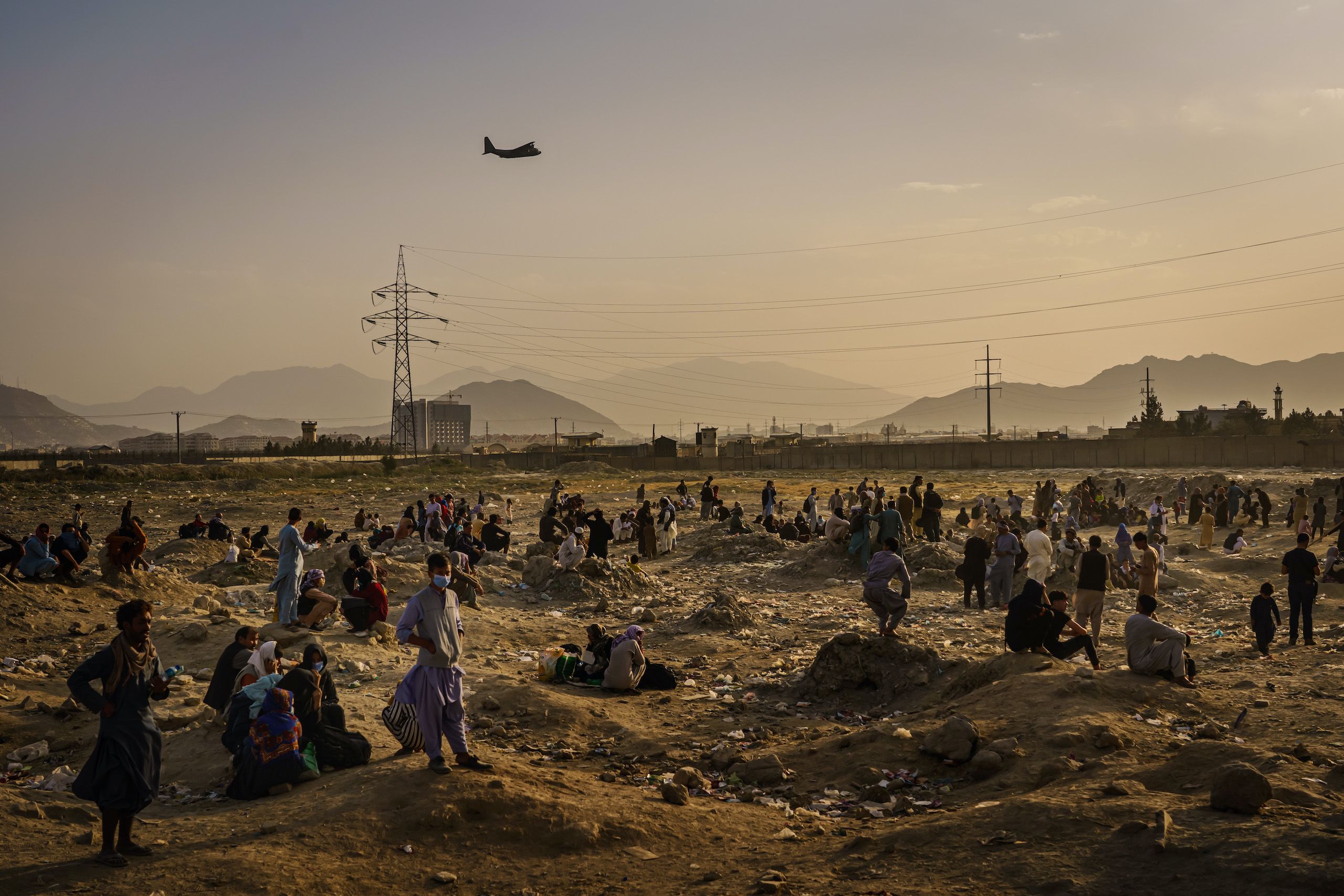
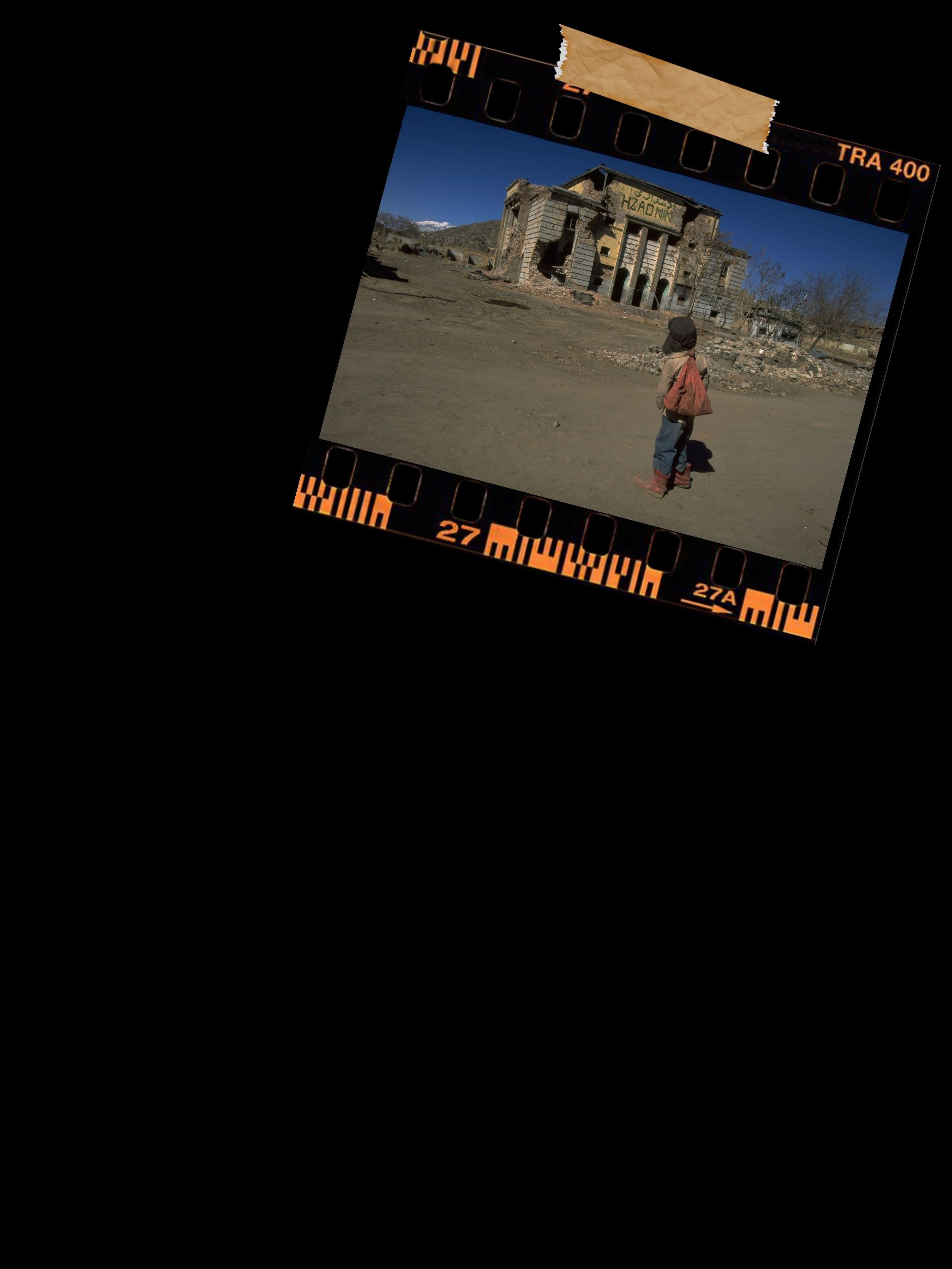
A boy faces a civil war-ruined Hzadnin facaded building, in Kabul, Afghanistan in February, 1995. (Image: Robert Nickelsberg / Getty)
A boy faces a civil war-ruined Hzadnin facaded building, in Kabul, Afghanistan in February, 1995. (Image: Robert Nickelsberg / Getty)
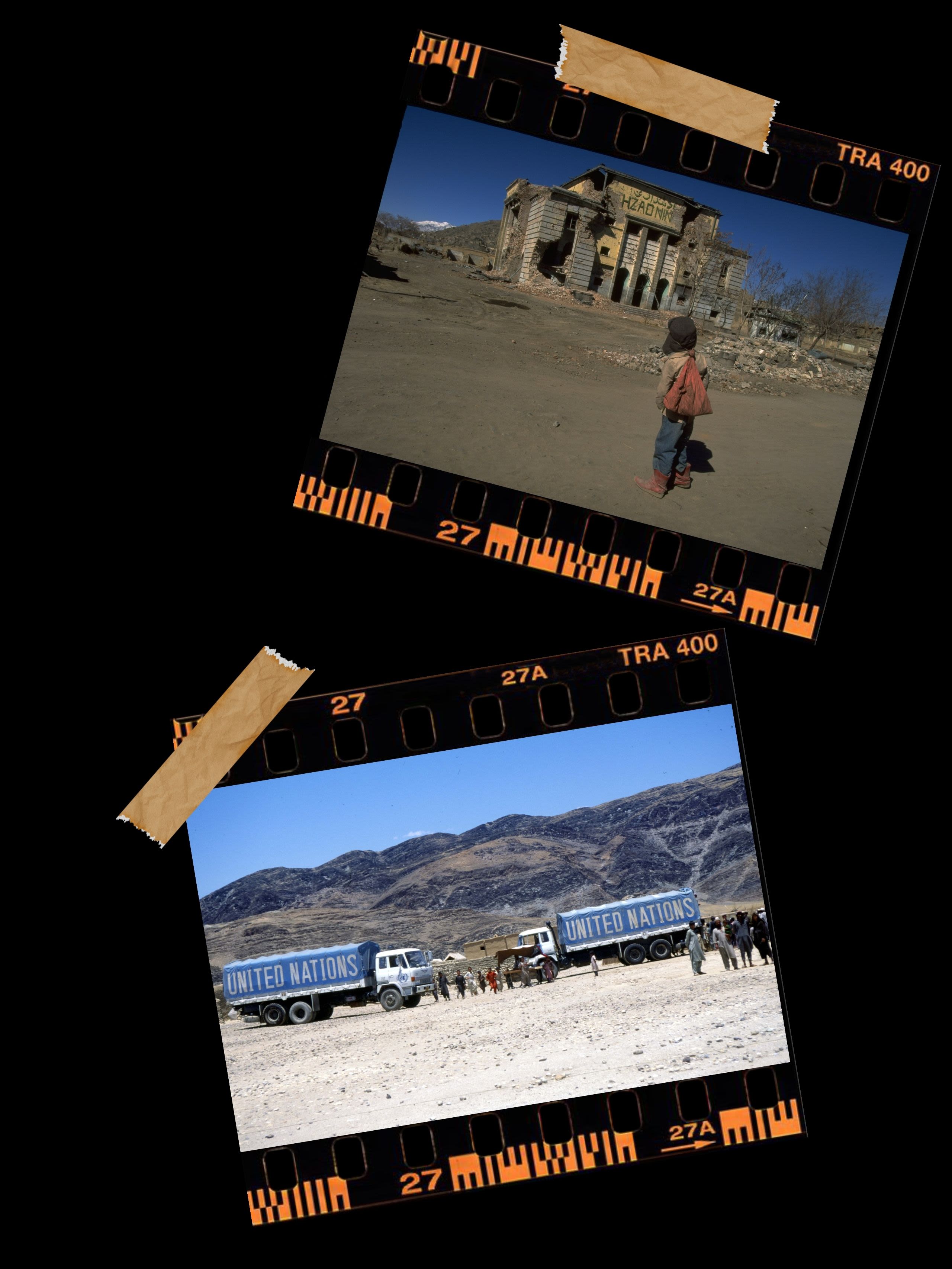
United Nations refugee camp in Djalalabad (Afghanistan), in January 1995. (Image: Francoise De Mulder / Roger Viollet / Getty)
United Nations refugee camp in Djalalabad (Afghanistan), in January 1995. (Image: Francoise De Mulder / Roger Viollet / Getty)
Often battle-hardened fighters, they would brook no deviation from their extreme version of Islam, they were happy to close girls’ schools and stone adulterers, and had no patience or interest in engaging with the outside world.
Ultimately the ideologues won the debate, and we saw their brutal intolerance imposed across the country through the mid 1990s, along with their alignment to the like-minded al-Qaeda.

United Nations refugee camp in Djalalabad (Afghanistan), in January 1995. (Image: Francoise De Mulder / Roger Viollet / Getty)
The mixed messages coming out of Kabul now – the promises to form an inclusive government that respects the rights of women and a general amnesty for those who opposed them, compared to disturbing reports of hit-lists and searches for anyone who worked with Western governments – suggests that internal debate is alive once more.
Engagement, with cautious, qualified aid, might yet help the pragmatists win that argument.
But if the ideologues come out on top once more, it would be bad for the world, and terrible for Afghanistan.
WORDS: Professor Peter Greste
EDITING AND DESIGN: Rachel Westbury


